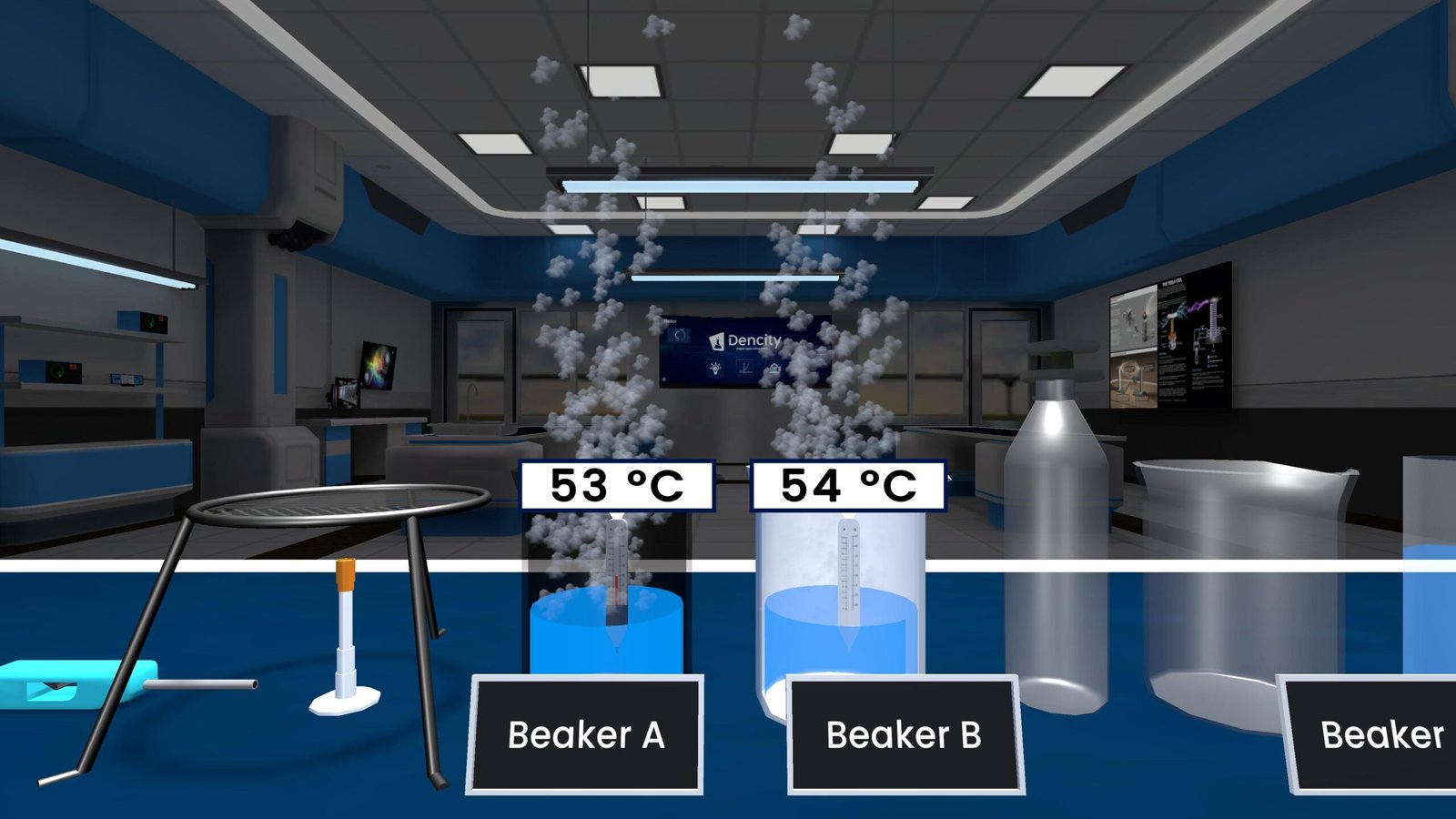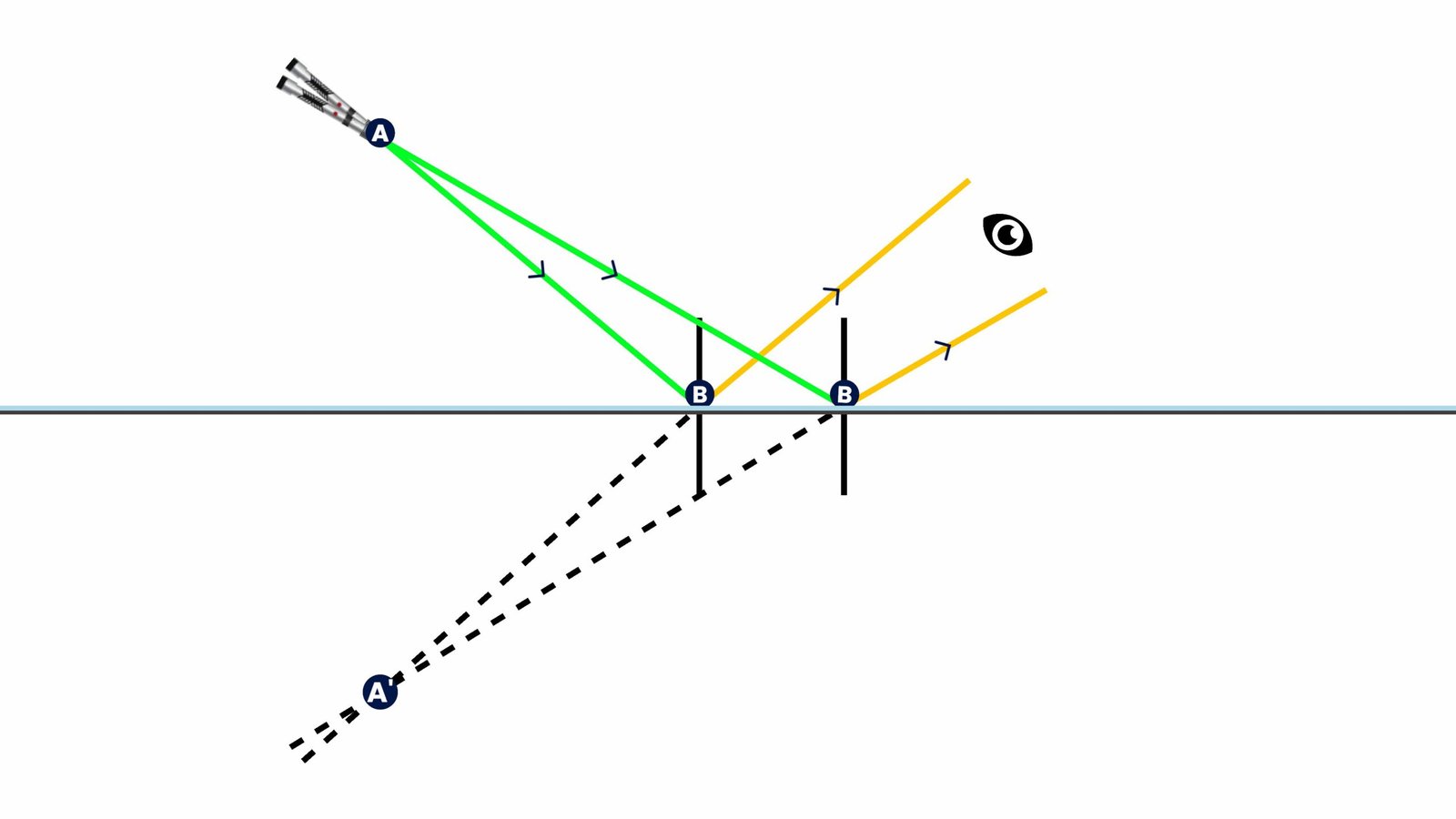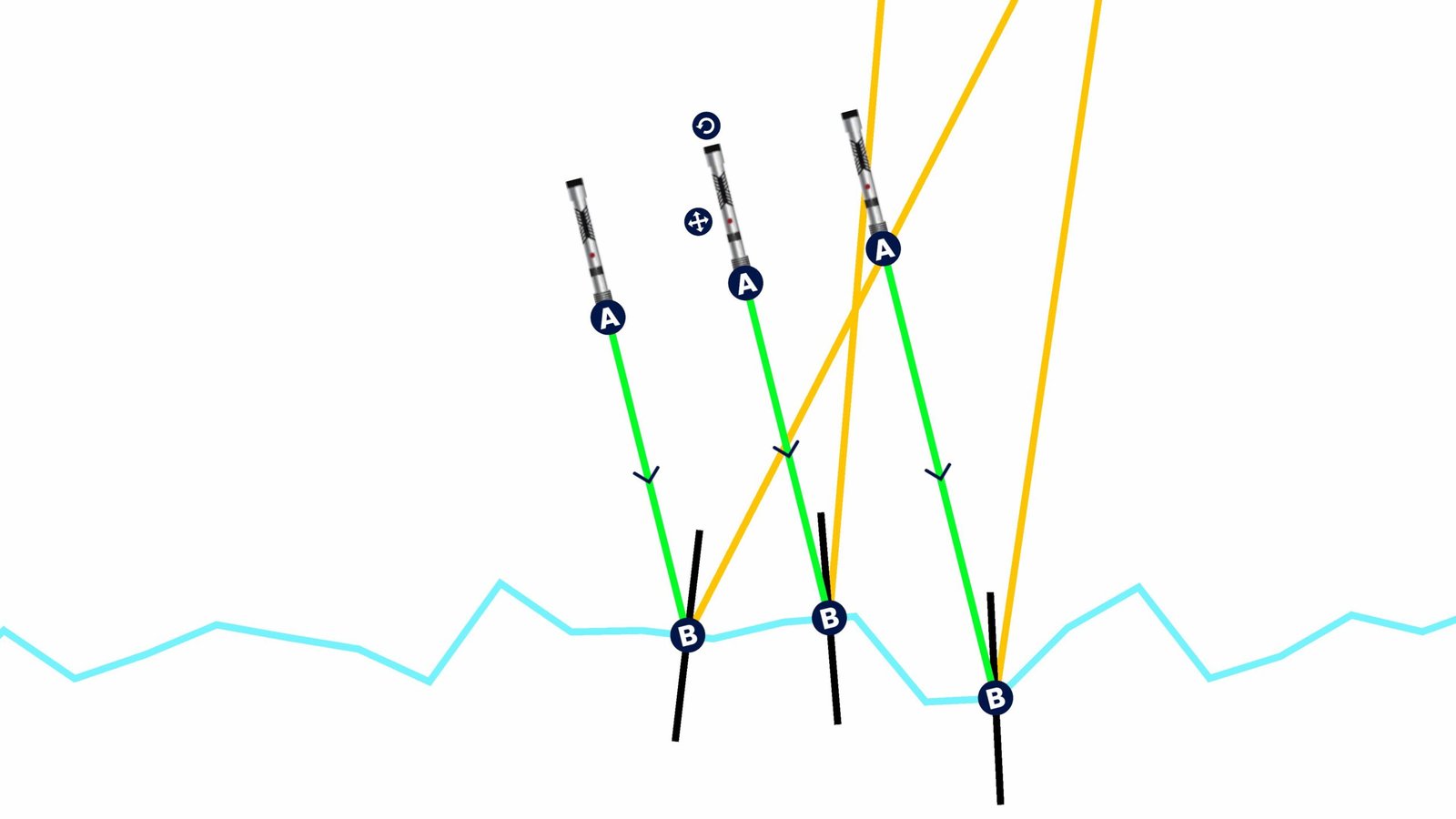Burning of Magnesium: A Bright Example of Combustion and Exothermic Reaction
The burning of magnesium is a classic example of a combustion reaction where magnesium reacts with oxygen from the air to form magnesium oxide. This reaction releases a bright white light and a significant amount of heat, making it a perfect demonstration of an exothermic reaction.
Theory for Class 10 Science
When magnesium (Mg) is heated:
- It reacts with oxygen (O₂) in the air.
- This chemical change is expressed by the balanced equation:
2 Mg + O₂ → 2 MgO
In the reaction:
- Magnesium atoms lose two electrons to form Mg²⁺ ions.
- Oxygen atoms gain electrons to form O²⁻ ions.
- These combine to form magnesium oxide (MgO), a white solid.
The process is highly exothermic—releasing intense heat and white light often seen in flares and fireworks.
Real-Life Applications
- Fireworks and flares: Magnesium burns with a dazzling white flame, making it ideal for bright displays.
- Flash photography: Early cameras used magnesium for bright flash lighting.
- Refractory materials: MgO is heat-resistant and used to line furnaces and kilns.
Observations from the Experiment
- Magnesium burns with a bright white flame.
- In an environment with more oxygen, the burn is stronger and more intense.
- If there’s less oxygen or impure magnesium, the burn is weaker or delayed.
- The leftover is a white powdery ash—magnesium oxide.
Summary Table
| Reaction/Condition | Effect |
|---|---|
| Mg + O₂ (heated) | White flame, heat |
| High temperature | Quick ignition |
| More oxygen | Stronger burn |
| Less oxygen / impure Mg | Weak reaction |
| After burning | MgO ash |
Explore Combustion with Dencity
With the Dencity virtual science lab, students can safely perform the burning of magnesium experiment and observe:
- The white flame
- Formation of MgO
- Effects of changing temperature and oxygen levels
This experiment is part of the Class 10 Science curriculum and can be performed virtually on the Dencity app, available on Android, iOS, and desktop platforms.
Dencity for Teachers
Dencity supports interactive teaching in the following ways:
- Run combustion reactions virtually without safety risks.
- Assign homework with auto-grading and detailed feedback.
- Use real-time visuals and annotate reactions live.
- Enable students to control the experiment settings and explore deeper.
Fully Compatible with Interactive Panels
Dencity works seamlessly on interactive touch screens in classrooms. Teachers and students can ignite magnesium, observe flame intensity, and examine residue—all through simple gestures.
Schedule a Demo or Request Custom Pricing
Want to transform science learning in your classroom? Contact us today to schedule a free demo and get custom pricing for your school.
Frequently Asked Questions
- Why does magnesium burn so brightly?
It reacts with oxygen, releasing a lot of heat and light in the process. - What is formed after burning magnesium?
A white ash called magnesium oxide (MgO). - Is this experiment safe to do physically?
It can be hazardous due to the intense flame—virtual simulation is safer. - Can I control oxygen levels in the Dencity app?
Yes, you can modify environmental variables to see how they affect the reaction. - Which class is this for?
This is included in Class 10 Science. - Can teachers assign this experiment as homework?
Yes, with built-in assign and auto-check features. - Is it available on mobile devices?
Yes, Dencity runs on Android, iOS, and desktops. - Does the app explain the experiment steps?
Yes, with step-by-step guidance and instant feedback. - What are some real-life uses of this reaction?
Fireworks, flares, photography, and refractory material production. - How can schools integrate Dencity?
Reach out for a demo and custom pricing options.







